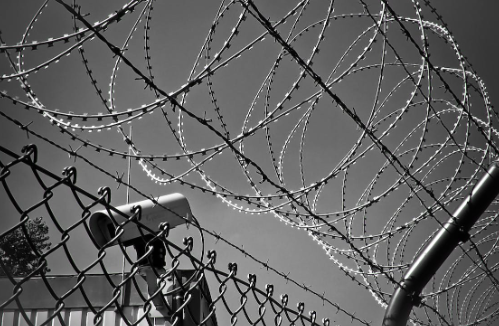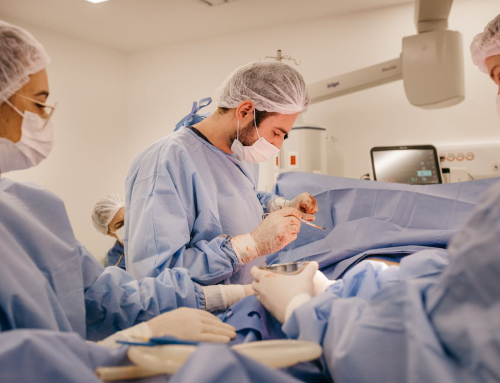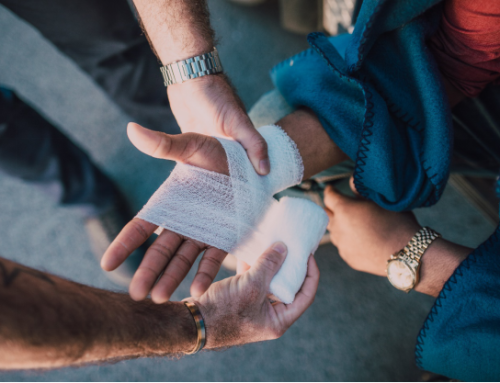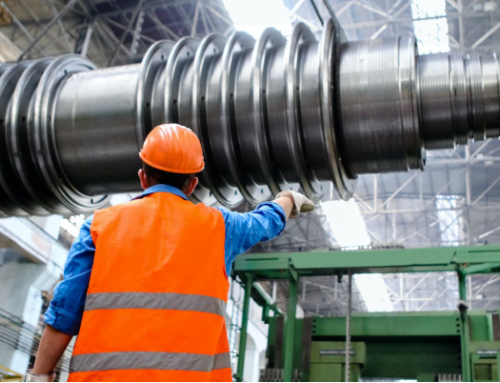Falls are one of the most common causes of workplace accidents and injuries, accounting for a significant number of fatalities each year. As such, fall protection is a critical aspect of workplace safety that must be taken seriously by employers and employees alike.
In this article, we’ll explore the role of fall protection in preventing workplace accidents and provide tips on how to implement effective fall protection measures.
What Is Fall Protection?
Fall protection refers to a set of measures designed to prevent workers from falling from elevated heights or into dangerous areas. These measures can include the use of guardrails, safety nets, personal fall arrest systems, and other safety equipment.
Fall protection is an essential component of workplace safety, particularly in industries where workers are frequently working at heights, such as construction, roofing, and mining.
Why Is Fall Protection Important?
Falls can result in serious injuries, such as broken bones, head injuries, and spinal cord injuries. In some cases, falls can even be fatal.
Employers have a responsibility to provide a safe work environment for their employees, and fall protection is an essential component of workplace safety. Implementing effective fall protection measures can help prevent accidents, reduce injuries and fatalities, and improve workplace safety overall.
Benefits of Fall Protection
1. Preventing Falls
The primary benefit of fall protection is preventing falls from occurring in the first place.
By implementing safety procedures, providing training, and using appropriate equipment, workers can be protected from the hazards associated with working at heights.
2. Reducing Injuries and Fatalities
Falls are one of the leading causes of workplace injuries and fatalities, but implementing effective fall protection measures can significantly reduce the risk of these incidents. By providing appropriate equipment and training, workers can better protect themselves from the dangers of falls.
3. Improving Worker Productivity
When workers feel safe and secure in their work environment, they are likely to be more productive.
By implementing fall protection measures, employers can create a safer workplace, which can lead to increased productivity, fewer accidents, and reduced downtime due to injuries.
Types of Fall Protection
There are several types of fall protection measures that employers can implement to keep their employees safe. These include:
1. Guardrails
Guardrails are physical barriers that prevent workers from falling from elevated heights. They are typically made of metal or wood and can be installed around the perimeter of a roof, balcony, or other elevated areas.
Guardrails are one of the most common forms of fall protection and are relatively easy to install.
2. Safety Nets
Safety nets are designed to catch workers who may fall from elevated heights. They are typically made of mesh and are installed underneath the work area.
Safety nets are particularly useful in situations where guardrails may not be practical, such as in construction sites where workers are moving around frequently.
3. Personal Fall Arrest Systems
Personal fall arrest systems (PFAS) are designed to prevent workers from falling from elevated heights. They typically consist of a harness, a lanyard, and an anchor point.
If a worker falls, the harness will prevent them from hitting the ground, and the lanyard will keep them from falling any further. PFAS are particularly useful in situations where workers need to move around frequently or work in areas where guardrails or safety nets are not practical.
4. Positioning Devices
Positioning devices are used to keep workers in a safe position while they work at elevated heights. They typically consist of a belt or harness that is attached to a fixed anchor point.
Positioning devices are particularly useful for tasks that require workers to lean out over an edge or work in an awkward position.
Implementing Effective Fall Protection Measures
Implementing effective fall protection measures requires a multi-faceted approach. Employers must take several steps to ensure that their workers are safe from falls, including:
1. Conducting a Hazard Assessment
Before implementing fall protection measures, employers should conduct a hazard assessment to identify potential fall hazards in the workplace.
This assessment should take into account the type of work being performed, the height of the work area, and the conditions in which the work is being performed.
2. Providing Training
Employers must provide comprehensive training to their workers on fall protection measures and how to use them.
This training should include information on how to properly use and inspect safety equipment, how to identify fall hazards, and how to respond in the event of a fall.
3. Implementing Safety Procedures
Employers should implement safety procedures that outline how to work safely at elevated heights.
These procedures should include guidelines on how to use safety equipment, how to access and exit the work area safely, and how to respond in the event of a fall.
4. Regular Inspections and Maintenance
Employers must regularly inspect and maintain fall protection equipment to ensure that it is in good working condition.
This includes checking guardrails for signs of wear and tear, inspecting safety nets for holes or tears, and checking harnesses and lanyards for signs of damage.
5. Ongoing Monitoring
Employers should continually monitor the workplace to identify any new fall hazards that may arise.
This may include conducting periodic hazard assessments or monitoring the work environment for changes that may create new fall hazards.
6. Providing Personal Protective Equipment (PPE)
In addition to fall protection equipment, employers should also provide workers with appropriate PPE, such as hard hats, safety glasses, and non-slip footwear.
This can help prevent injuries from falls as well as other types of accidents.
Conclusion
Falls are a significant hazard in the workplace and can result in serious injuries or fatalities. Implementing effective fall protection measures is essential for ensuring workplace safety and preventing accidents.
Employers have a responsibility to provide a safe work environment for their employees, and fall protection is a critical component of that responsibility. By conducting hazard assessments, providing training, implementing safety procedures, and regularly inspecting and maintaining fall protection equipment, employers can help prevent falls and improve workplace safety overall. Learn more here.









